The art of boreholes: Essex artists visit the BGS to be inspired by our library of geological core
Two UK-based artists visitors aim to turn art and earth science into a collaborative experience that facilitates discussion on land usage.
02/11/2023 By BGS Press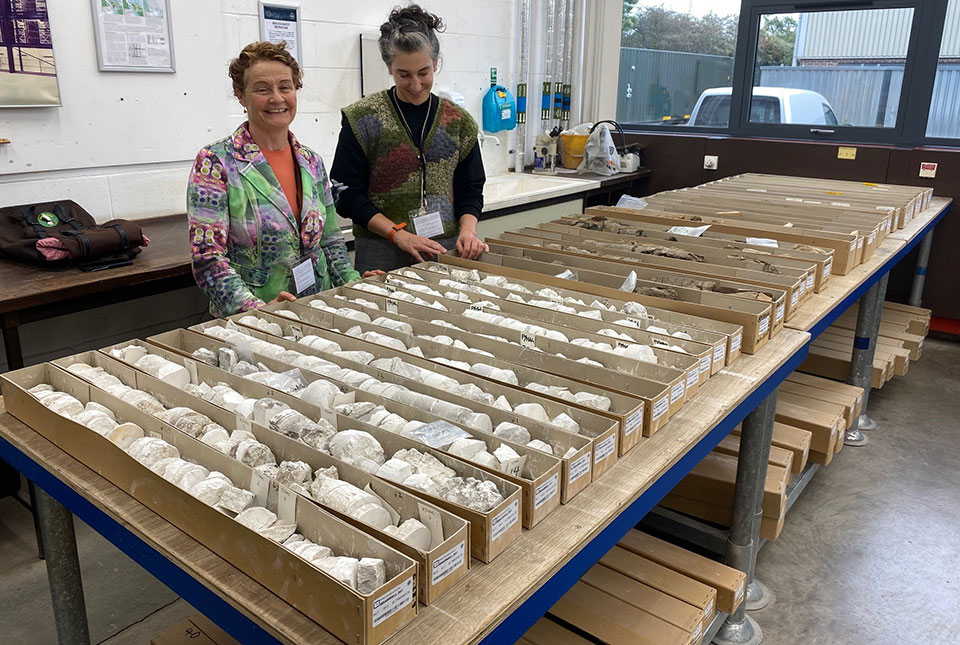
October 2023 saw BGS’s National Geological Repository (NGR) welcome two UK-based artists who were visiting the collections as part of their individual projects focused on the Blackwater Estuary in Essex. Nastassja Simenski and Angenita Teekens visited the repository to view core samples from around Bradwell A, a Magnox-design nuclear power station located on the Dengie peninsula at the mouth of the River Blackwater in Essex. The power station has been in long-term decommissioned management since 2019.
The landscape of the Blackwater Estuary
Nastassja Simenski, artist and researcher at University College London, is studying for her PhD on the potential of collaborative fieldwork between artists and archaeologists. She is particularly focused on how the development of place-specific and collaborative methods ‘in the field’ enable new ways of highlighting current conversations around energy production in the Blackwater Estuary.
Visiting the BGS repository and seeing the core samples from the Bradwell and Blackwater Estuary helped me to get a sense of how the geology of the area has shaped the landscape over time and, in turn, impacted the types of human production and interaction here over long durations […] for instance, the core samples from Bradwell are a starting point from which we can think about how a seemingly remote part of the Essex coast is implicated in wider contexts like managed realignment and climate change mitigation, agricultural policy, natural and cultural heritage, and the development of new forms of energy production.
Nastassja Simenski
Natassja’s research includes place-based art practices and considers how specific scientific research and data such as BGS core samples can be used creatively to tell bigger stories that move across long time periods and wider geographies. The issues explored in her research are mediated through art including the potential to use data, historical records and interviews to inform musical scores, live performances and films that get shown in situ or in galleries, broadcast on radio and screened at film festivals. Natassja’s research includes place-based art practices and considers how specific scientific research and data such as BGS core samples can be used creatively to tell bigger stories that move across long time periods and wider geographies. The issues explored in her research are mediated through art including the potential to use data, historical records and interviews to inform musical scores, live performances and films that get shown in situ or in galleries, broadcast on radio and screened at film festivals.
Earthworks: boreholes and dorodangos
Angenita Teekens is an established artist with 25 years of experience in facilitating environmental community art projects. Her most recent project, ‘Earthworks’, is a community inquiry about bore samples, extraction, disposal and the energy transition. The project will see members of the Othona community, as well as community groups in Essex, creating 260 dorodangos, which will be twinned with bore samples taken from fields adjacent to Bradwell, which are currently stored at BGS.
The Japanese dorodango artform consists of a small sample of clay rolled into a sphere by human hands within human time, as part of a slow meditative practice.
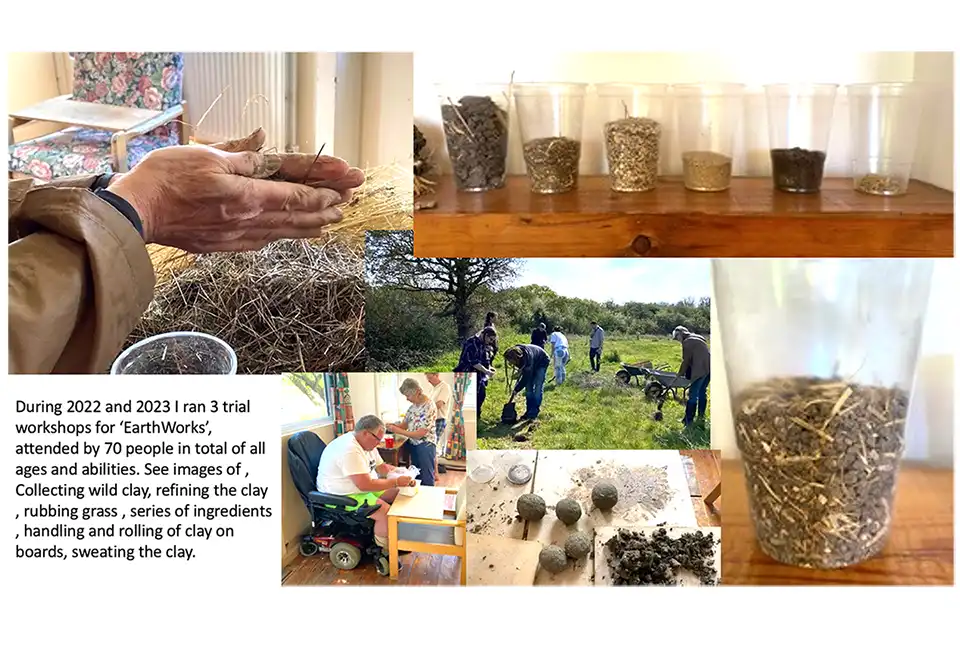
Dorodango-making workshops. ©Angenita Teekens.
Accessing the BGS collections is a vital source of information for the creation of a borehole catalogue as part of Angenita’s project. The inclusion of visual materials such as borehole logs, along with sketches, drawings and writing, will help to guide participants in their creation of the dorodangos, whilst questioning land use, energy production, geological and human time and human impact on land.
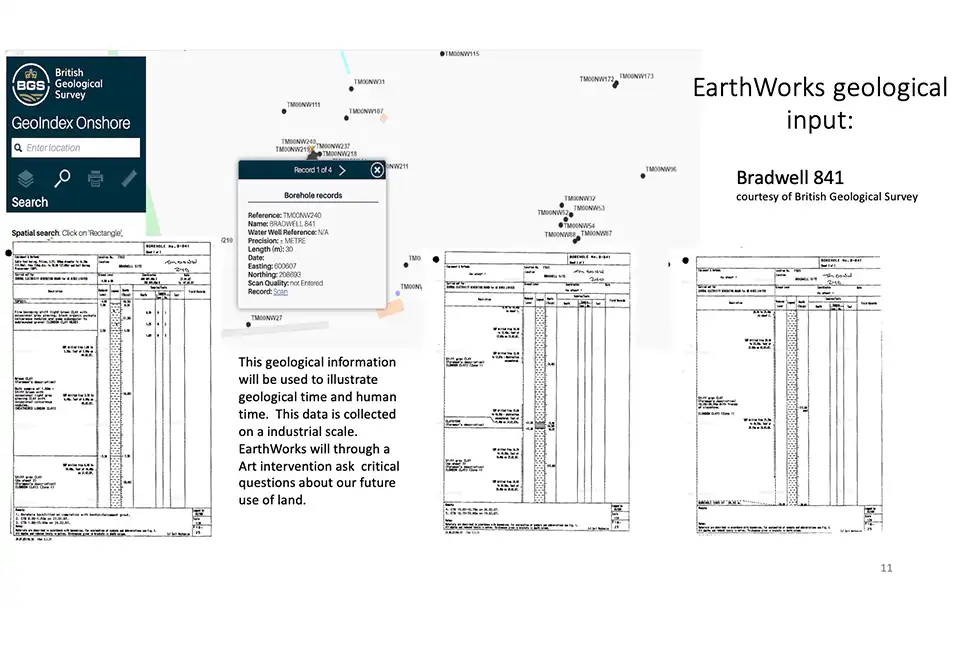
Examples of BGS data used in the projects. BGS © UKRI.
The National Geological Repository at BGS
The National Geological Repository (NGR) is a UKRI national science facility and the largest collection of geoscience samples from the UK. It forms an integral part of BGS (part of UKRI’s Natural Environment Research Council) and is located at the BGS’s headquarters in Nottinghamshire.
NGR’s unique collections are used extensively by industry, in research and to support university teaching. It has the UK’s largest core storage and examination facility, with the Core Store and records collections at its centre. The collections include:
- borehole cores and samples
- fossils, rocks and other samples
- related subsurface information from the UK landmass and continental shelf
About the artists
Harper, W, and Simensky, N. 2023. Care and maintenance in perpetuity: the nuclear landscape of the Blackwater Estuary. Chapter 14 in St Peter-On-The-Wall: Landscape and Heritage on the Essex Coast. Dale, J (editor). (London, UK: University College London Press.) ISBN: 9781800084353
Relative topics
Related news
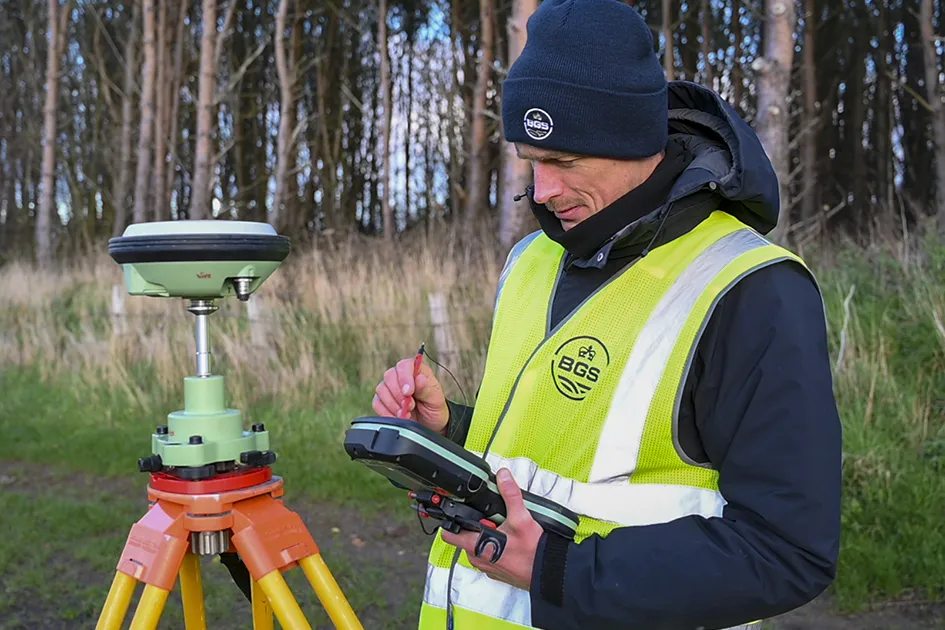
‘Three norths’ set to leave England and not return for hundreds of years
12/12/2025
The historic alignment of true, magnetic, and grid north is set to leave England, three years after they combined in the country for the first time since records began.
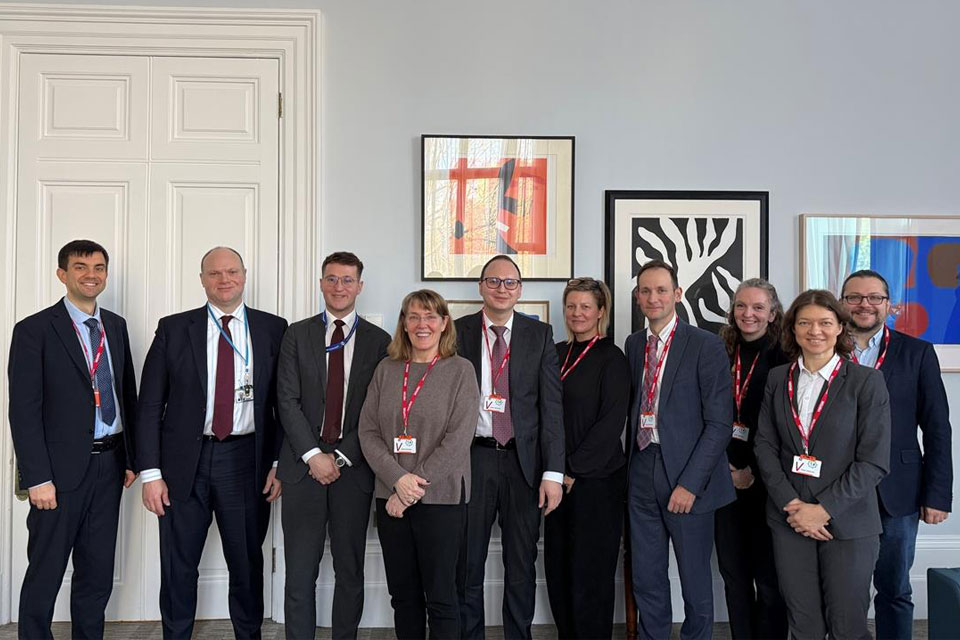
BGS agrees to establish collaboration framework with Ukrainian government
11/12/2025
The partnership will focus on joint research and data exchange opportunities with Ukrainian colleagues.
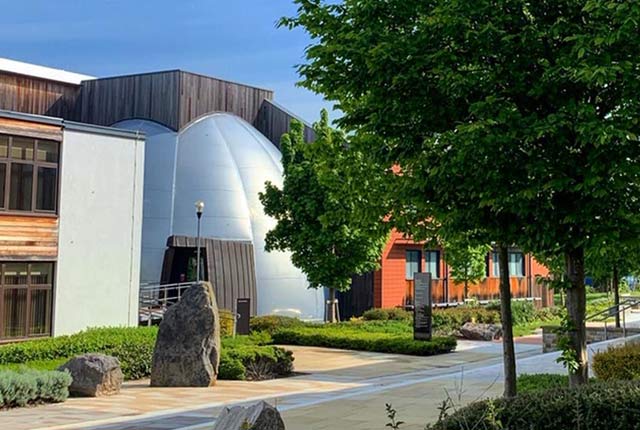
Making research matter: BGS joins leading research organisations in new national initiative
10/12/2025
A new alliance of 35 organisations has been formed that is dedicated to advancing science for the benefit of people, communities, the economy and national priorities.

New 3D model to help mitigate groundwater flooding
08/12/2025
BGS has released a 3D geological model of Gateshead to enhance understanding of groundwater and improve the response to flooding.
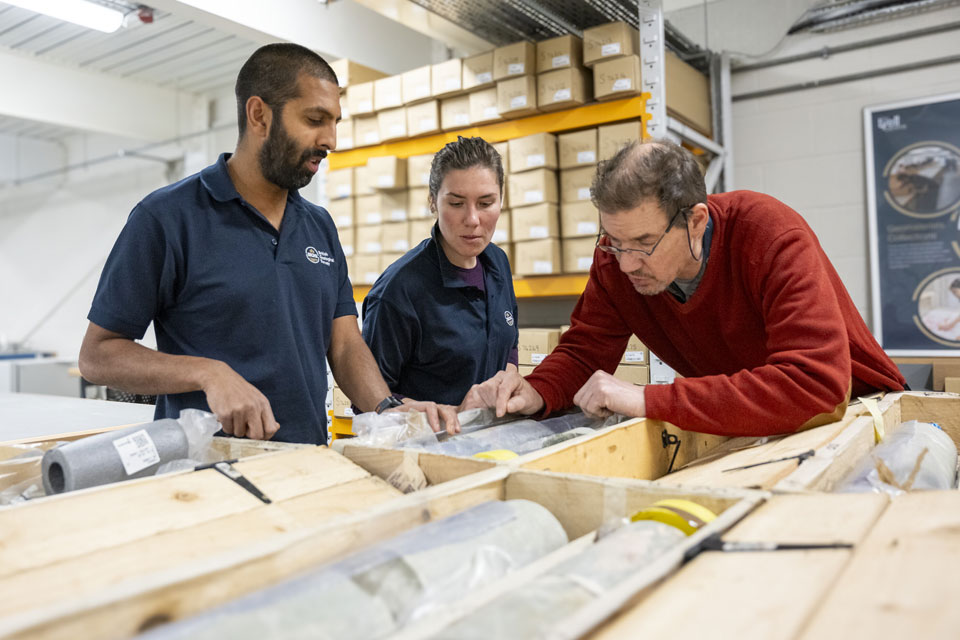
Scientists gain access to ‘once in a lifetime’ core from Great Glen Fault
01/12/2025
The geological core provides a cross-section through the UK’s largest fault zone, offering a rare insight into the formation of the Scottish Highlands.
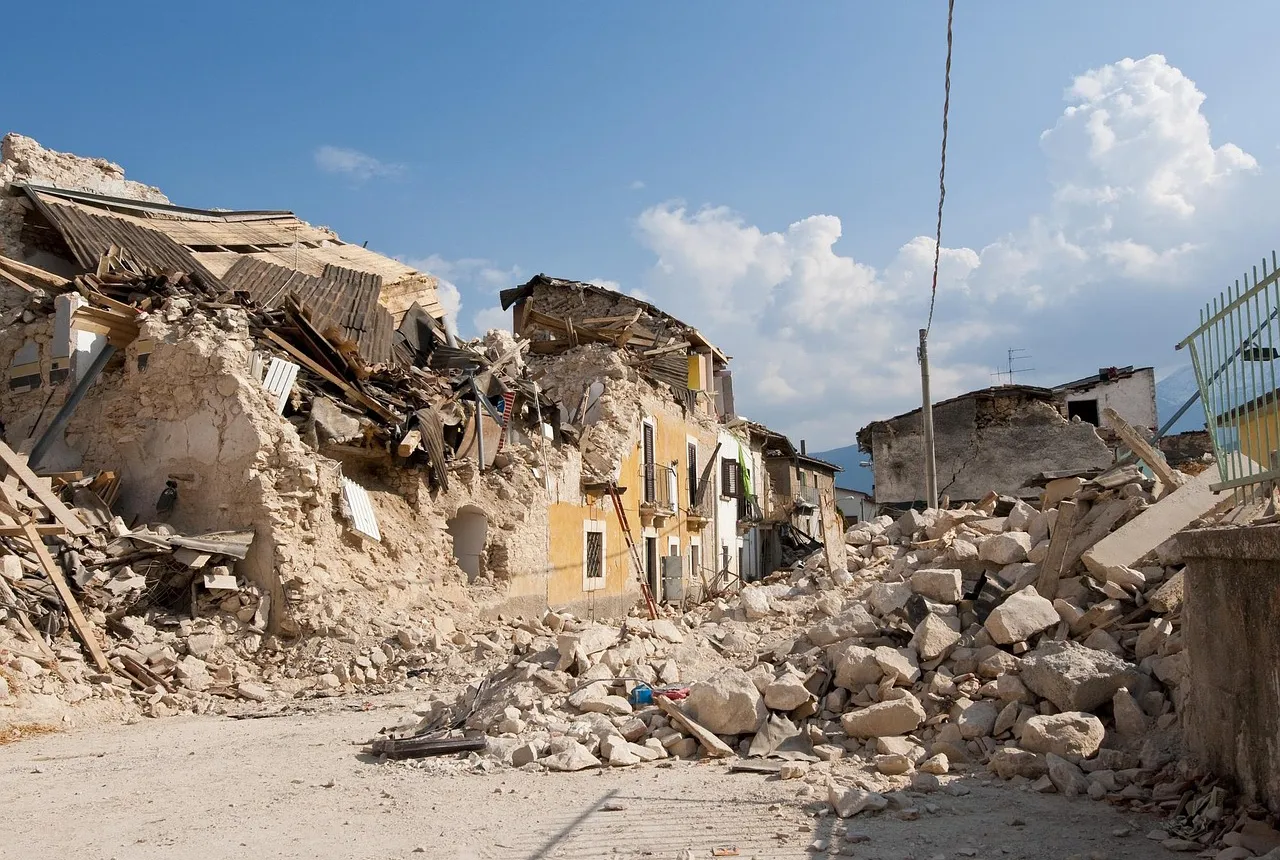
New research shows artificial intelligence earthquake tools forecast aftershock risk in seconds
25/11/2025
Researchers from BGS and the universities of Edinburgh and Padua created the forecasting tools, which were trained on real earthquakes around the world.
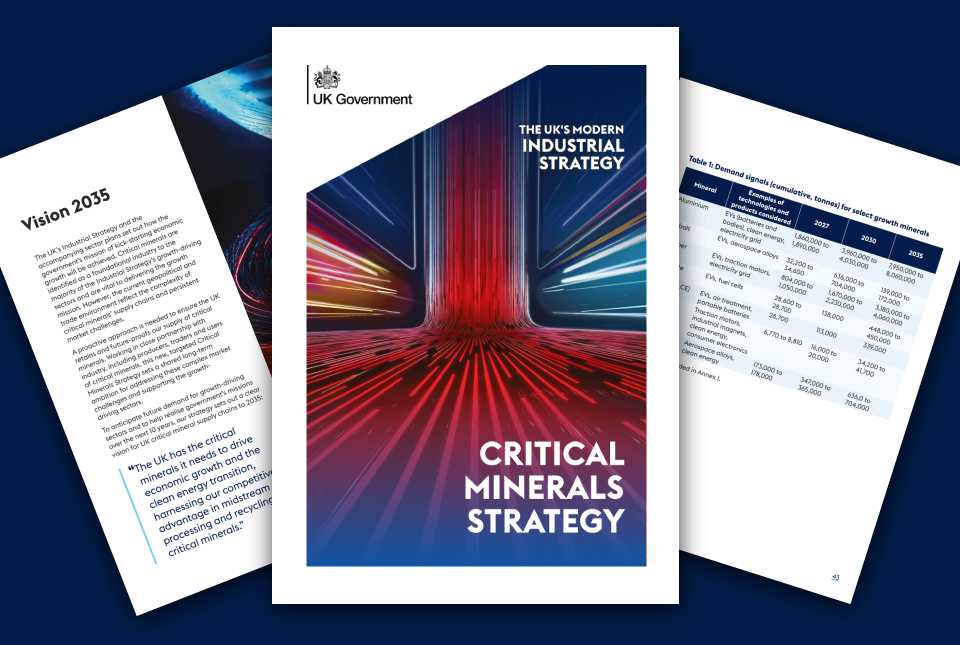
BGS welcomes publication of the UK Critical Minerals Strategy
23/11/2025
A clear strategic vision for the UK is crucial to secure the country’s long-term critical mineral supply chains and drive forward the Government’s economic growth agenda.
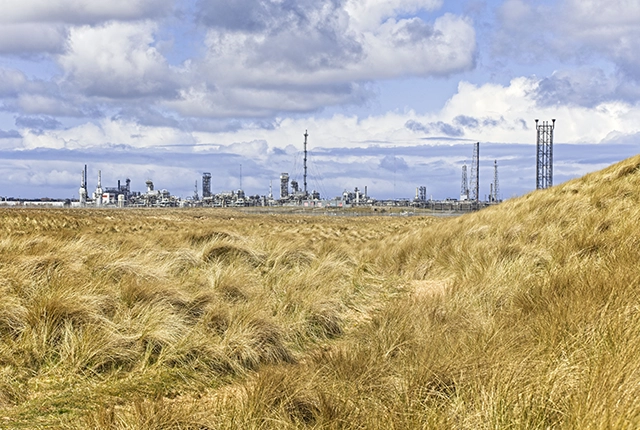
New funding awarded for UK geological storage research
21/11/2025
A project that aims to investigate the UK’s subsurface resource to support net zero has been awarded funding and is due to begin its research.
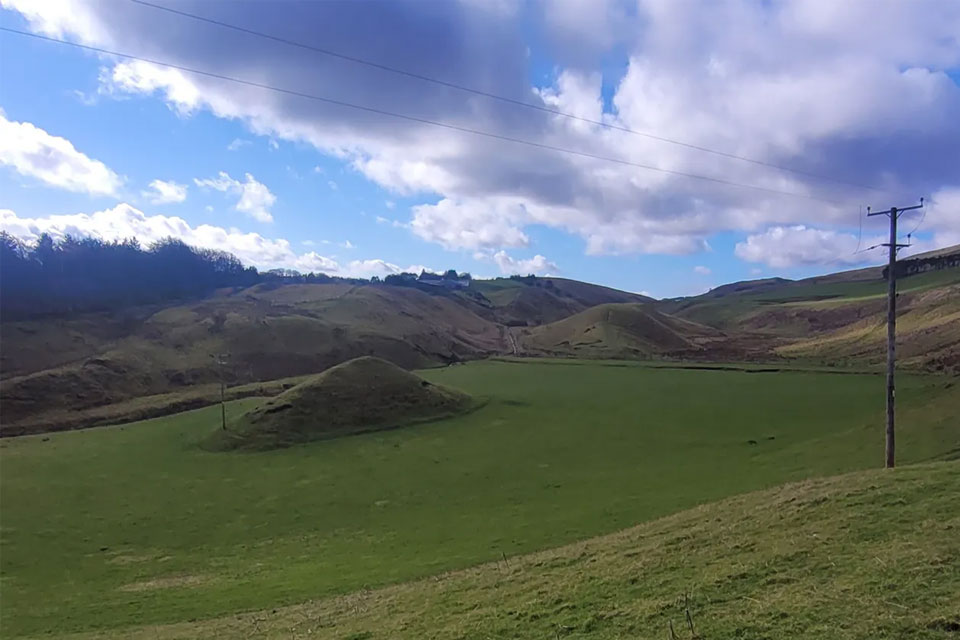
How the geology on our doorstep can help inform offshore infrastructure design
19/11/2025
BGS is part of a new collaboration using onshore field work to contextualise offshore data and update baseline geological models which can inform the sustainable use of marine resources.
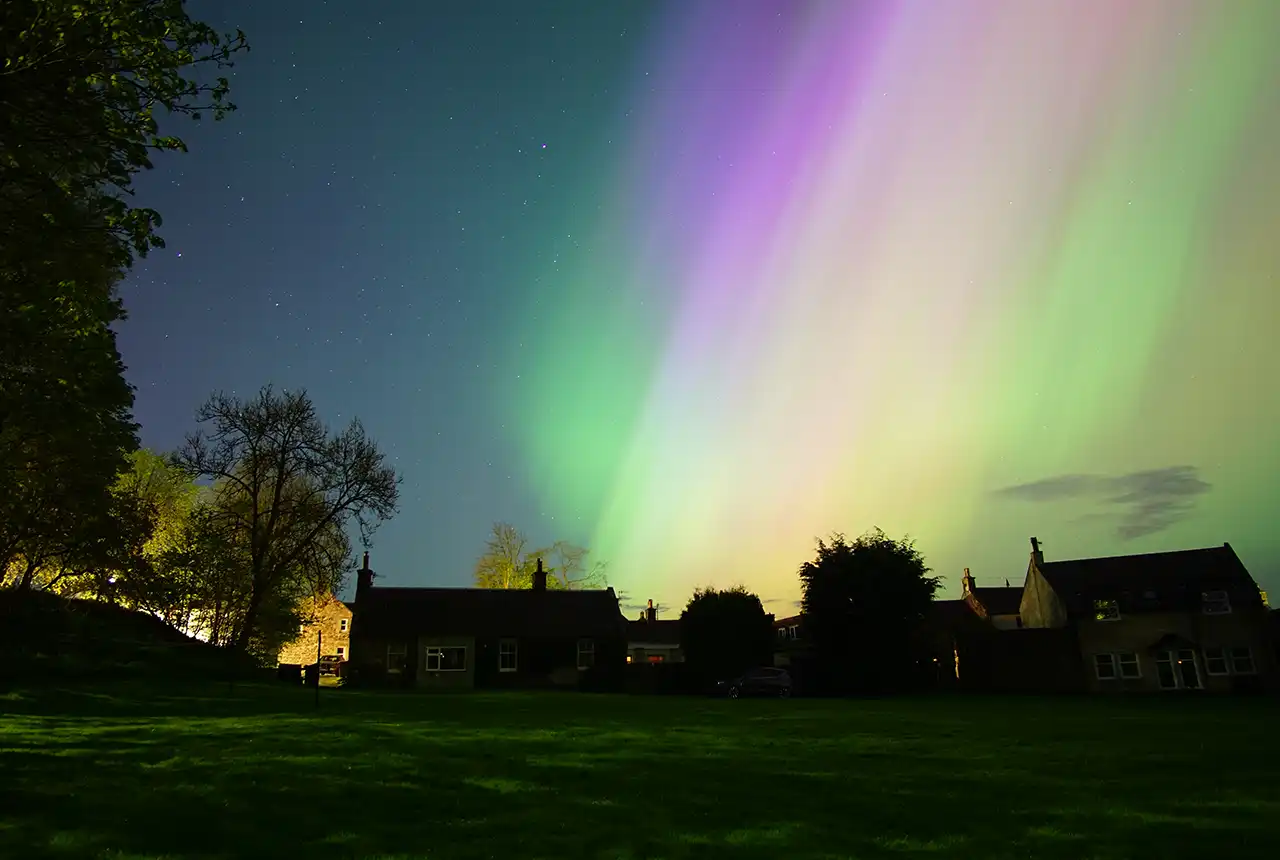
UK braced for what could be the largest solar storm in over two decades
12/11/2025
Intense geomagnetic activity could disrupt technology such as communication systems, global positioning systems and satellite orbits.
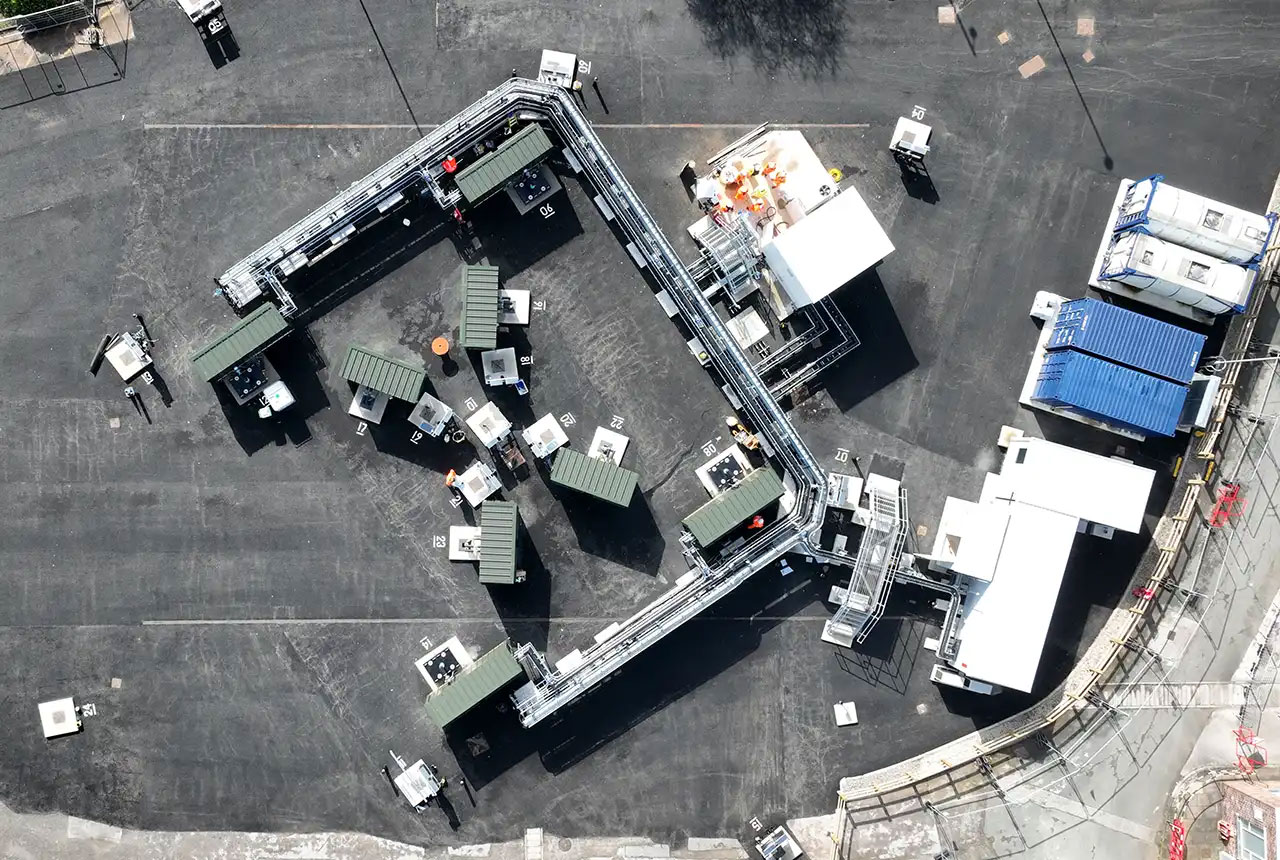
First distributed acoustic sensing survey completed at UK Geoenergy Observatory
12/11/2025
New research at the Cheshire Observatory has shown the potential for mapping thermal changes in the subsurface using sound waves.

Latest BGS Geology 50K mapping data launched
06/11/2025
Some of our most widely used maps have received a major update, including the 1:50 000-scale map series that now includes enhanced coverage of Great Britain.




